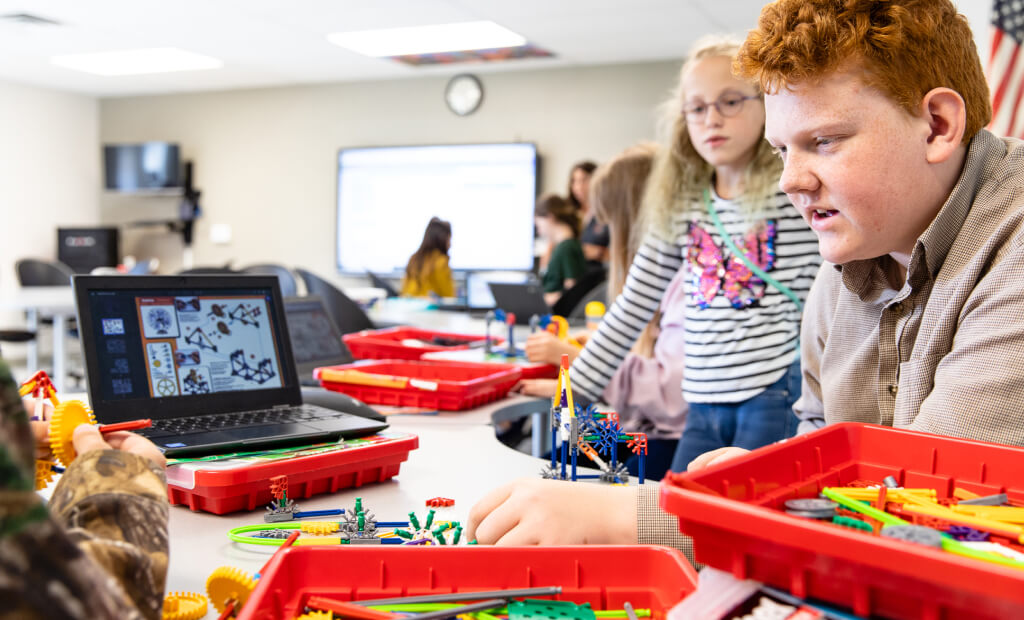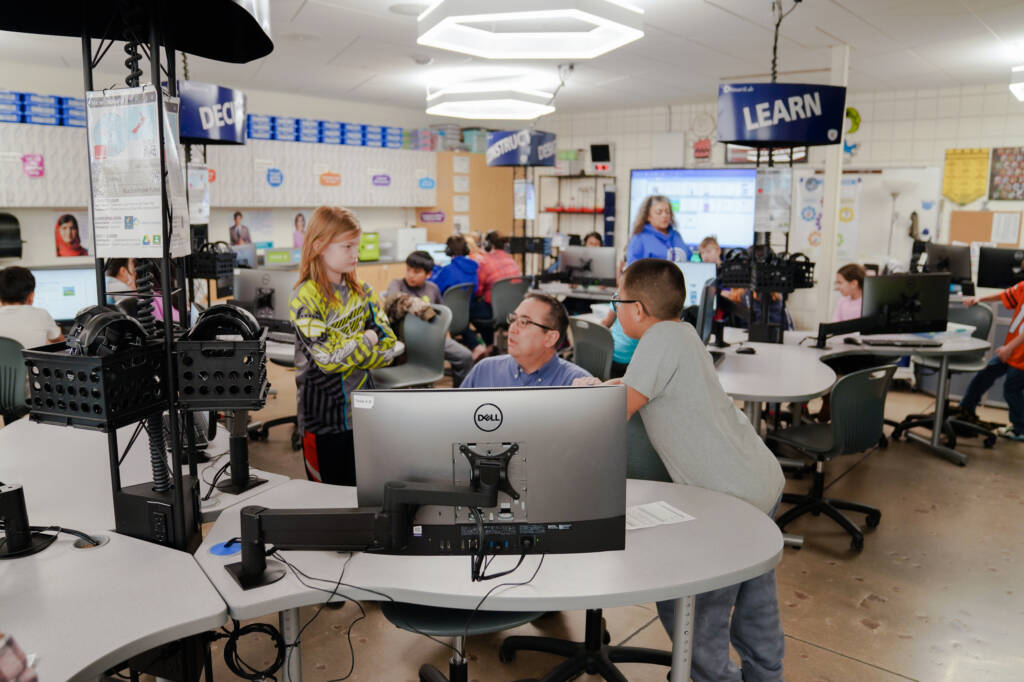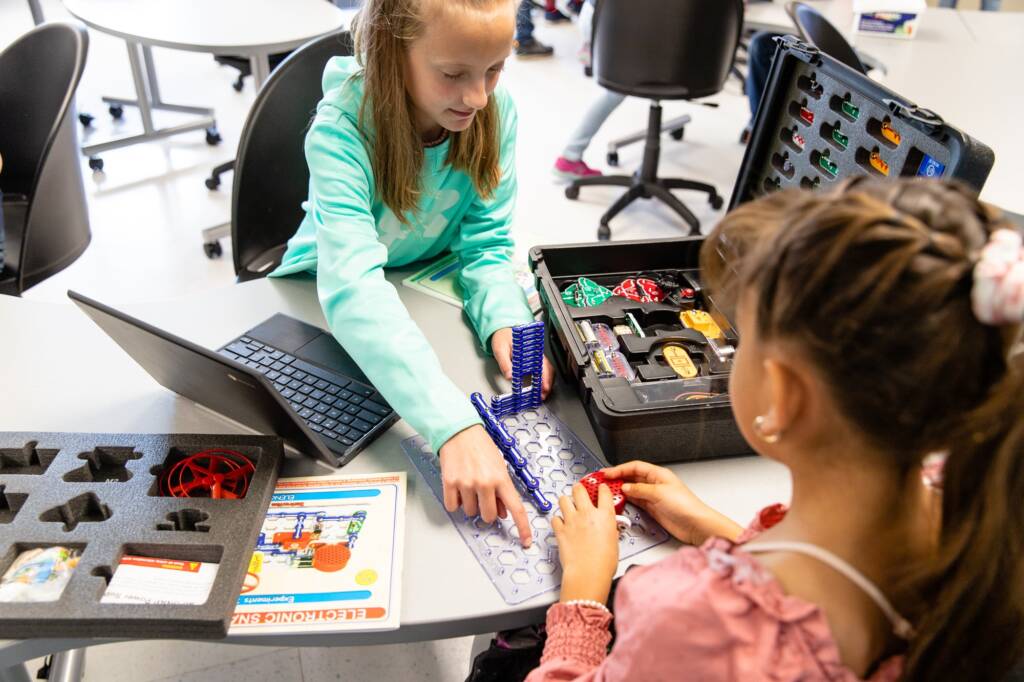Making Assessment Matter – Building Intrinsic Motivation with Learners
Imagine you walk into your SmartLab tomorrow and ask your students, “Why do you have to document your learning? Why do I ask you to submit project assignments?”
What would their responses be? How many of them would state reasons unrelated to their own personal growth and goals?
In recent conversations with colleagues and facilitators in the SmartLab community, we’ve noted how critical it is for today’s students to understand the “why” behind, well, pretty much everything. Without explaining the purpose and helping learners to see the personal relevance, it can become a daily battle to get them to simply participate, let alone engage fully.
In the SmartLab, we want learners to believe that documentation and assessment of learning is for them, not just for a grade.
In this article, we’ll walk through three steps to making assessment matter for students:
- Connect learning to student interests and goals.
- Establish the purpose of documentation and assessment.
- Involve students through self-assessment and goal setting.
Connecting Learning & Student Interests
Before the documentation process even begins, it’s essential for SmartLab projects to connect to what students are interested in and the long-term goals they have for themselves.
Throughout the year, students will encounter SmartLab projects that have overt connections to their interests and goals. When there aren’t overt connections, this is your opportunity to facilitate them through questioning and goal setting.
Questioning: As students brainstorm a project idea or explore the existing project starters, help them to make connections and build intrinsic motivation by asking:
- What do you want to know about this topic? What interests you?
- How could you use this technology to solve a problem or need that is important to you?
- How do you think you might use what you learn with this project in the future?
- How does this project connect to what you’re learning in other classes?
Your students may not always have the answers to these questions. That’s okay! Share what you know and encourage them to connect with community experts for more information.
Goal Setting: Writing SMART goals allow students to identify the success criteria for learning, which we know has the potential to considerably accelerate student achievement (Corwin Visible Learning Plus, 2023b), but also allows them to personalize their projects based on related interests and goals, which are the foundation for intrinsic motivation.
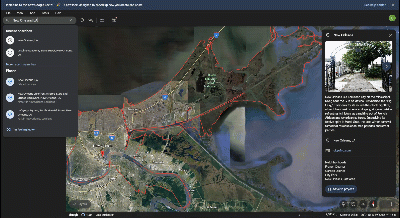
Example SmartLab Project: Google Earth: Plot Your Trip
The Challenge: Take a virtual tour of historic New Orleans as you learn to customize maps in Google Earth. Choose a place that interests you, create a map of your own, and create a coordinate plane over your map to apply your understanding of ordered pairs, opposites, and quadrants.
Student SMART Goal: By next Friday, we will use Google Earth to create a custom map of Rio de Janeiro with places that are important to Brazil’s culture and places you’d want to visit if you took a trip there. This is important to us because we are going on a service trip to Brazil over spring break and want to help Mr. Reyna plan the trip!
Establishing Purpose
In the SmartLab, students reflect, document, and assess their learning in developmentally appropriate ways throughout every SmartLab project.
Why?
Some students may think assignments are solely for their teacher; so that they can give them a grade or know if they learned what they were supposed to learn. And yes, assignments ARE great sources of information about what our students know and how their thinking has changed.
Reflection, documentation, and self-assessment have their own important benefits for students.
When students reflect on and document their learning, it:
- Guides students to make meaning of their experiences
- Prompts critical thinking to deepen learning
- Helps students express how their thinking has developed or changed (Ash & Clayton, 2009)
The documentation also gives students the opportunity to look back at their work to:
- Refer back to what they learned during longer-term projects
- Notice what worked and what didn’t, increasing their metacognitive awareness
- Aid in self-assessment and ongoing goal setting
As the SmartLab Facilitator, it is your responsibility to make these benefits known to students through explicit instruction and frequent reinforcement.
Explicit Instruction: Start by “talking the talk.” Take the time to explain the purpose to students. Describe the concrete ways that documentation and assessment will benefit them throughout the project cycle and school year.
Reinforce the Value Frequently: For students to see and believe that documentation and assessment matters, you have to “walk the walk.” Model using it yourself, highlighting the purposes and their impacts. In your role as facilitator, it’s crucial to use documentation for those purposes by:
- Guiding students to use their initial reflections about what they know and don’t know to guide their project goals and what they want to learn
- Prompting students to refer back to their daily project journal to remember key information and reflect on how their thinking has changed
- Involving students in self-assessment and goal setting, using their documentation as artifacts and evidence of learning
Involving Students in the Process
Engaging students as active participants, and ultimately the lead decision makers, in the assessment process is central to the student-led project-based learning approach in the SmartLab.
Involving students in assessing their work positively impacts student achievement (Corwin Visible Learning Plus, 2023a; Black & Wiliam, 1998) and motivation (Chappuis, 2009). In fact, Jan Chappuis, a Classroom Assessment Specialist, also notes that when students engage in peer feedback, it deepens their understanding of the success criteria, increases their ability to judge their own work, and leverages the social nature of students (2009).
Rubrics: Utilize rubrics to guide students in evaluating their learning in the SmartLab. Get started with SmartLab’s self-assessment rubrics or create your own using the SmartLab rubric templates. You can access them on LearningHub or the LaunchPad.
Introduce the rubrics before students get started and use them throughout to help students monitor their progress and make adjustments. Group teams of learners to evaluate each other’s work using the rubrics. Provide additional scaffolds, like sentence starters or feedback forms, to help students give useful feedback and suggest resources or next steps.
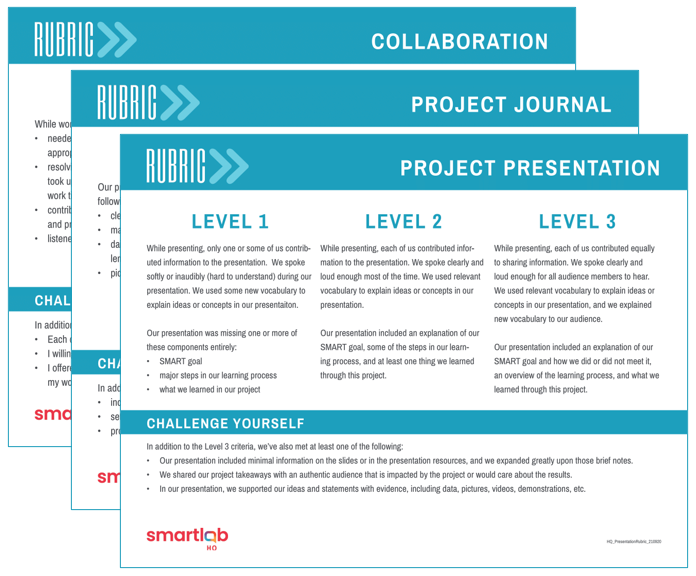
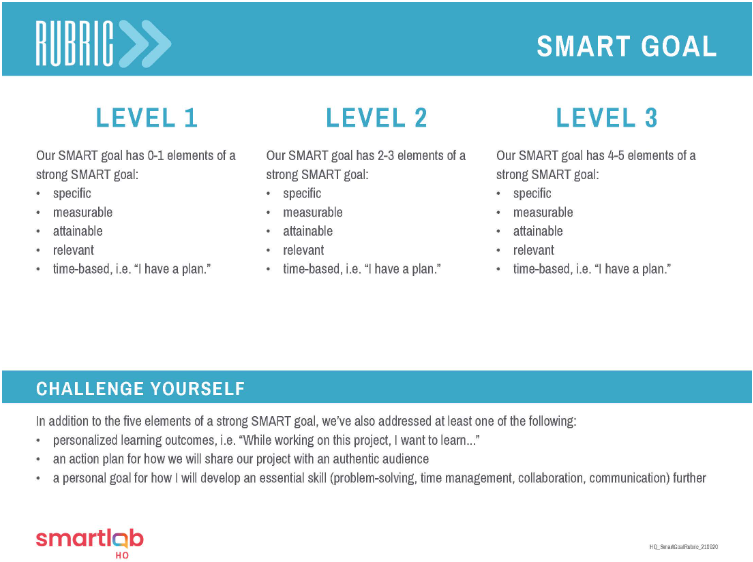
Goal Setting: Goal setting is not isolated to a project SMART goal. Continue to develop your students’ goal-setting skills by incorporating it in additional ways:
- Set daily goals as students monitor their progress
- Set long-term goals after using rubrics to self-assess essential life and leadership skills
- Connect goal setting to how it supports students’ interests, passions, and long-term goals
Our students are just like us. They need to understand the purpose behind their work. They need to see how it connects to their goals and interests. And they need to be engaged as the leader of their learning to increase their buy-in and motivation. When we do that, students see the value of assessment, and it becomes less and less about the grade or the checkmark and instead becomes a tool to help them grow.
References
- Ash, S. L. & Clayton, P. H. (2009). Generating, Deepening, and Documenting Learning: The Power of Critical Reflection in Applied Learning. Journal of Applied Learning in Higher Education, 1, 25-28. https://files.eric.ed.gov/fulltext/EJ1188550.pdf
- Black, P., & Wiliam, D. (1998). Assessment and classroom learning. Assessment in Education (5)1, 7-74.
- Chappuis, J. (2009). Seven Strategies of Assessment for Learning. Pearson.
- Corwin Visible Learning Plus. (2023a). Self-judgment and reflection. Corwin Visible Learning Metax. Retrieved from https://www.visiblelearningmetax.com/influences/view/self-judgement_and_reflection
- Corwin Visible Learning Plus. (2023b). Success criteria. Corwin Visible Learning Metax. Retrieved from https://www.visiblelearningmetax.com/influences/view/success_criteria



